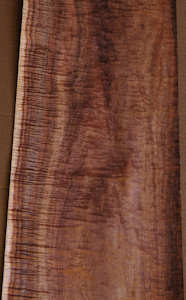NOTE: these pics were all taken in very bright incandescent lighting ("soft white" at 2700K) colors will vary under other lighting conditions |





%201a%20s25%20plh.jpg)
%201b%20s25%20plh.jpg)
%201%20end%20grain%20s25%20plh.jpg)
%201%20end%20grain%20closeup%202%20s25%20plh.jpg)











%20veneer%201%20s25%20plh.jpg)

%20collection%20d%20s25%20plh.jpg)
%20veneer%202%20s25%20plh.jpg)


 NOT raw wood colors
NOT raw wood colors


 NOT raw wood colors
NOT raw wood colors
















































%20bm%20planks%201%20s25%20web.jpg)
%20bm%20planks%202%20s25%20web.jpg)

%2001%20web.jpg)

%20bm%20birdseye%20planks%20s25%20web.jpg)








%20turning%20stock%201%20s50%20web.jpg)











































%20glulam%201%20s50%20web.jpg)

















